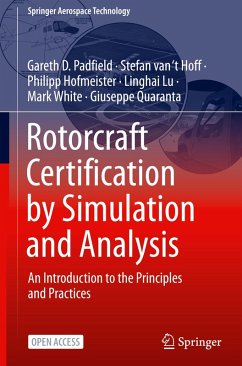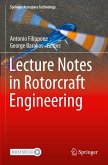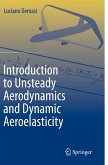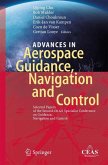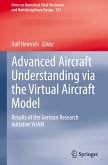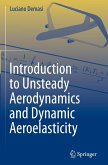This open access book presents the steps necessary for the application of rotorcraft flight modelling and simulation and analysis in support of certification for compliance with EASA CS-27 and CS-29, SUBPART B-FLIGHT and other flight-related rules (e.g. CS-27/9, Appendix B, Airworthiness Criteria for Helicopter Instrument Flight). The material is presented in the form of a structured 'Rotorcraft Certification by Simulation' process, starting from the relevant paragraphs in the Certification Specifications, through a comprehensive description of the assembly of flight simulation requirements, informed by judgements on Influence, Predictability and Credibility, and on into the detailed building of the three major elements of the process; the Flight Simulation Model, the Flight Simulator, and the associated Flight Test Measurement System. The latter feeds both the flight model and simulator development with real-world test data to support validation and fidelity assessment. The book is intended to provide support to early adopters of simulation and analysis in the certification process, including those who have considerable experience and expertise in the use of Modelling and Simulation in support of design and development. It is acknowledged that there exists much good practice in the rotorcraft industry in this regard. However, what is presented herein is considered a significant step forward in the development of this practice, particularly in terms of the importance of a structured, requirements-based, process using adaptable-fidelity, descriptive and predictive simulation tools, and associated pre-certification flight testing, to reach the goal of a credible flight simulation.
Bitte wählen Sie Ihr Anliegen aus.
Rechnungen
Retourenschein anfordern
Bestellstatus
Storno

